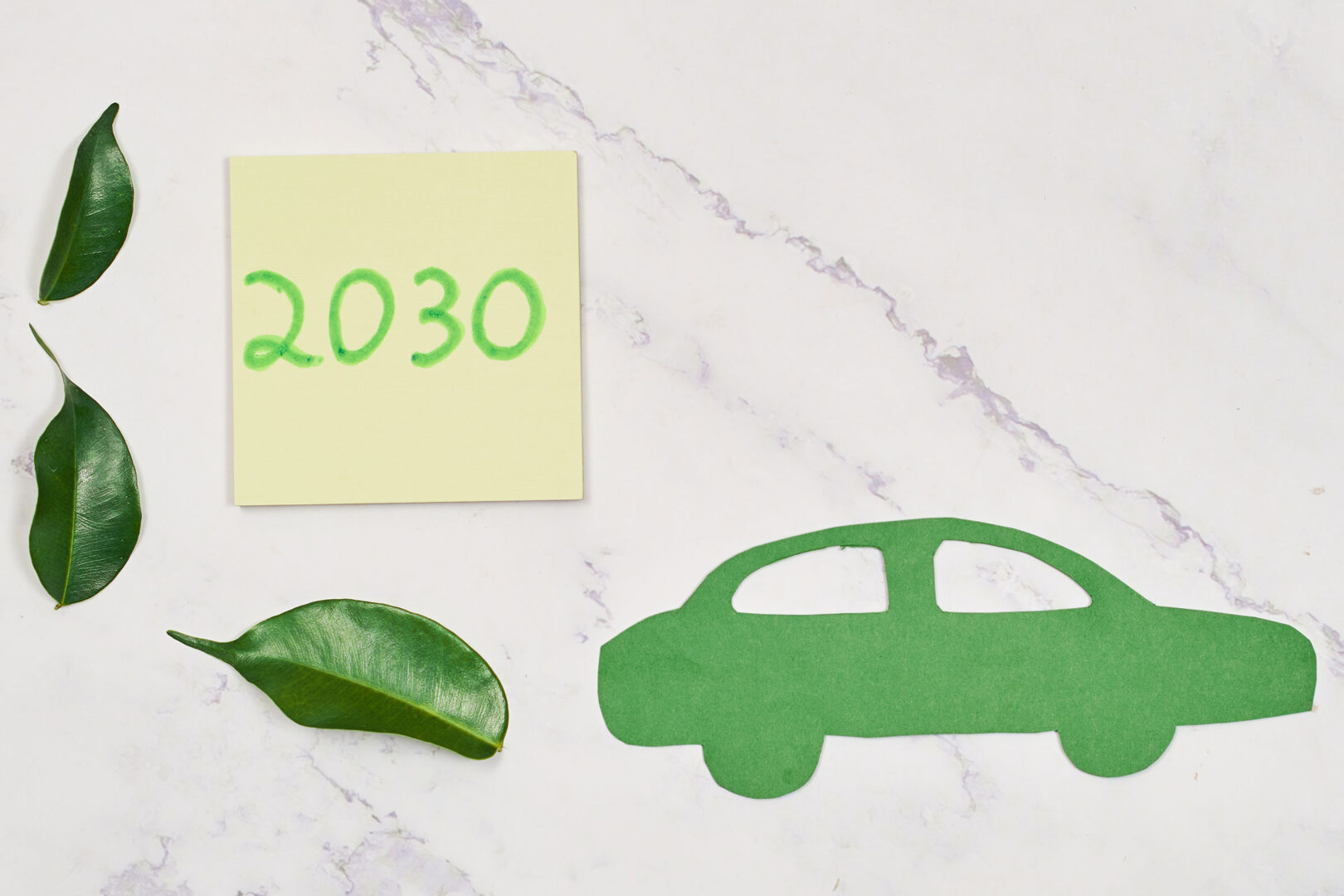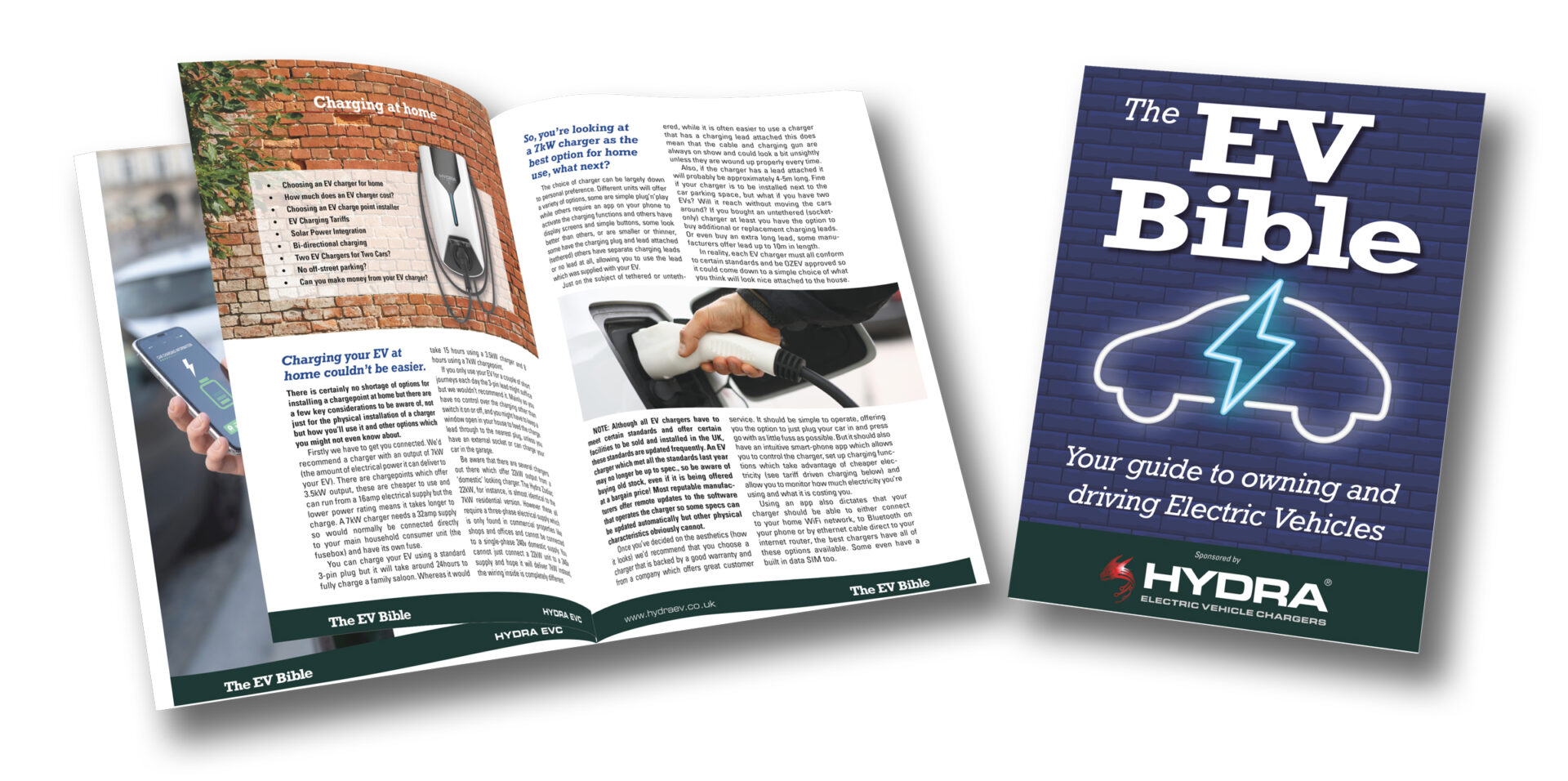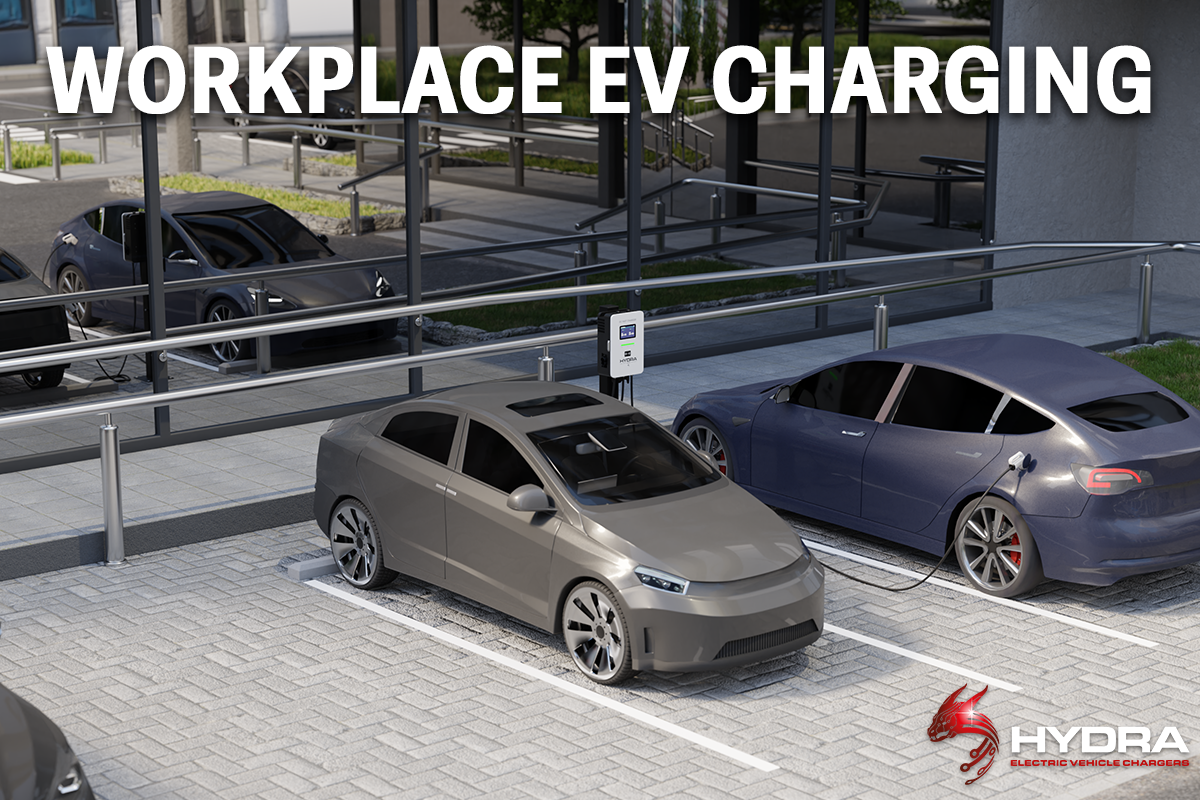If you’re thinking about buying an EV then you probably already know that from 2030 no petrol or diesel powered cars will be sold in the UK, although the sale of hybrid cars (petrol or diesel engine plus battery power) can continue until 2035.
What this means, in stark volume terms, is that the current sales of 150,000 EV cars per year will need to rise to 2.5million annual sales just to meet the normal, existing demand for new cars. Not only will the vehicles and manufacturing facilities need to be ramped up but so will the EV charging infrastructure.
This transition is the biggest policy change to affect the UK population since decimalisation in 1971. Renaming the Marathon chocolate bar to Snickers just pales in comparison. Can we cope with such a swift transition?
We can and, quite frankly, we must. The law is in place. Those die-hards can harrumph all they like but the EV sector is here to stay. Other countries have shown willing, in Norway no less than 70% of all new cars sold are already electric. In Germany the increase in EV sales has been almost four-fold.
New Models.
Many manufacturers have progressed from replacing the petrol engine with a battery pack and motor and gone straight to developing new electric only models. While electrifying familiar and existing models certainly helps those too nervous to embrace completely new technology it also, arguably, held back development by allowing people to look at a direct comparison between a petrol powered car and the electric equivalent. The higher price and perceived shorter range just highlighted negatives while promoting few of the positives.
Developing completely new models with no direct petrol/diesel equivalent both helps potential buyers focus on the beneficial aspects and help manufacturers remove the limitations imposed by trying to fit a form of propulsion into a vehicle not originally designed to use it.
New EV models and improved versions are now coming to the market in a steady stream from almost all manufacturers. The current choice of pure EV models range from the smallest city runabout right up to sportscars with a seven-figure price tag and everything in between. There’s no doubt you should be able to find a car that fits your needs and budget.
From a charging infrastructure standpoint the current estimate is that there are approximately 500 EV chargepoints per 100km of public road. Informed estimates suggest that this will need to rise to over 1,000 chargepoints per 100km to support the increased use of Electric Vehicles.
While it might look like the UK is quite a way off that target you could also look at it and say we’re already half way there with another eight years to go before the switch to pure EV sales comes into effect.

Replacing the fuel tax
The conundrum for central government is how to balance the target of Net Zero emissions by 2050 (a big part of which is forcing the switch to EV transport) and the loss in revenue gained from fuel duties.
The UK government currently receives £28billion in fuel duty per year, the equivalent of roughly £1,000 per household. While this will not instantly disappear in 2030 – petrol and diesel cars will still exist – the total tax take will reduce year on year.
Making up for this shortfall has not been openly discussed by those in Westminster – MPs are very cautious of discussing rises in tax! – but other local and regional governments have raised the issue of road pricing using ANPR technology (Automatic Number Plate Recognition) similar to that used for the Congestion Charge and Low Emission Zones in London and the Dartford Crossing tolls.
Although the technology does not yet exist to charge a vehicle owner for every mile they drive instead of relying on them driving past a roadside camera, it is not beyond the realm of possibility that it could be deployed in the near future.
Black-box systems are already in-place for young drivers and corporate fleets which log vehicle usage as well as driving charateristics. However this is usually private monitoring where there is a direct benefit to the young driver (reduced insurance premiums) or the company (better fleet management). Attaching a ‘black box’ that feeds data directly to central or local government is an entirely different prospect which opens up concerns about privacy and potential misuse.
There are currently many incentives in place to make it easier and financially beneficial to switch to EVs. Drivers are firmly used to the perception of the ‘low tax’ environment for Electric Vehicles as well as the much lower running costs. Applying new taxes too early could stifle the uptake of EVs, applying it too late risks losing revenue for government.
The conundrum remains unresolved . . .







